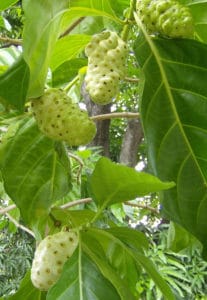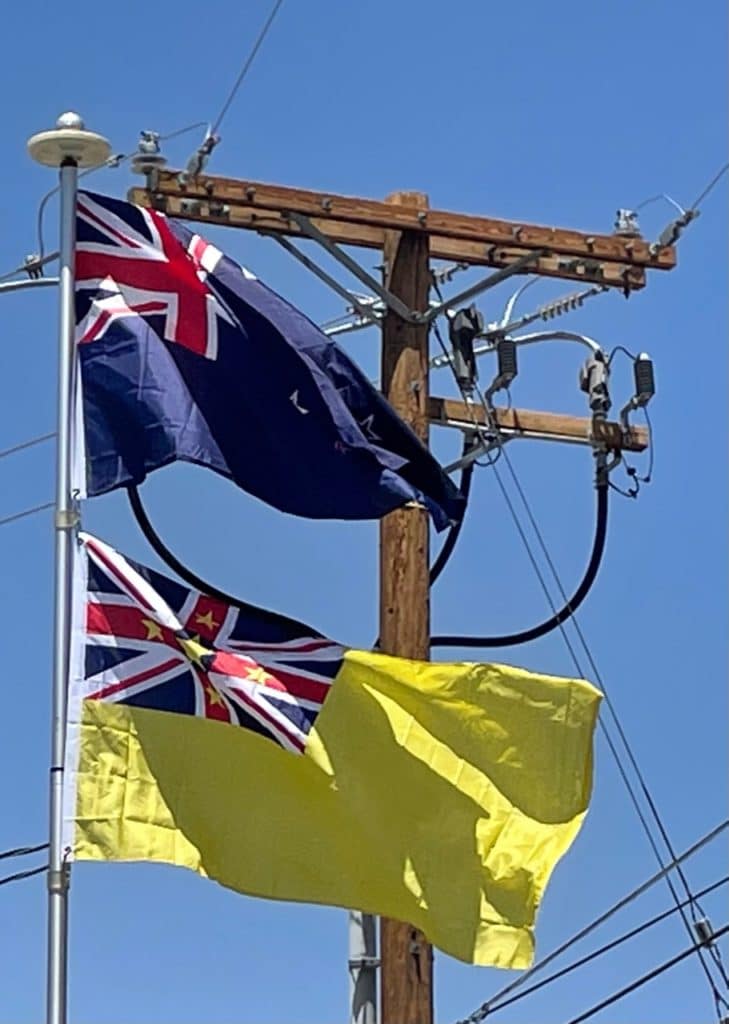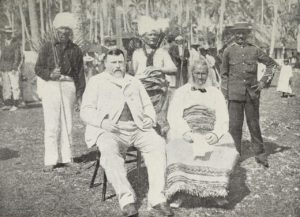
The New Zealand Parliament restored self-government in Niue with the 1974 constitution, following a referendum in 1974 in which Niueans had three options: independence, self-government or continuation as a New Zealand territory. The majority selected self-government, and Niue’s written constitution was promulgated as supreme law. Robert Rex, ethnically part European, part native, was elected by the Niue Assembly as the first premier, a position he held until his death 18 years later. Rex became the first Niuean to receive a knighthood – in 1984.
In January 2004 Cyclone Heta hit Niue, killing two people and causing extensive damage to the entire island, including wiping out most of the south of the capital, Alofi.
On March 7, 2020, the International Dark Sky Association announced that Niue had become the first Dark Sky Preserve Nation.
Geography:
Niue is a 269 km2 (104 sq mi) raised coral atoll in the southern Pacific Ocean, east of Tonga. There are three outlying coral reefs within the Exclusive Economic Zone, with no land area.
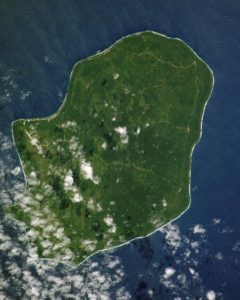
Niue is one of the world’s largest coral islands. The terrain consists of steep limestone cliffs along the coast with a central plateau rising to about 60 meters (200 ft) above sea level. A coral reef surrounds the island, with the only major break in the reef being in the central western coast, close to the capital, Alofi. A number of limestone caves occur near the coast.
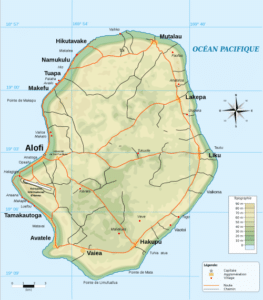
The island is roughly oval in shape (with a diameter of about 18 kilometres (11 mi)), with two large bays indenting the western coast, Alofi Bay in the center and Avatele Bay in the south. Between these is the promontory of Halagigie Point. A small peninsula, TePā Point (Blowhole Point), is close to the settlement of Avatele in the southwest. Most of the population resides close to the west coast, around the capital, and in the northwest.
Economy:
Niue’s economy is small. Its gross domestic product (GDP) was NZ$17 million in 2003. Niue’s GDP has increased to US$24.9 million in 2016. Niue uses the New Zealand dollar.
The Niue Integrated Strategic Plan (NISP) is the national development plan, setting national priorities for development. Cyclone Heta set the island back about two years from its planned timeline to implement the NISP, since national efforts concentrated on recovery efforts. In 2008, Niue had yet to fully recover. After Heta, the government made a major commitment to rehabilitate and develop the private sector. The government allocated $1 million for the private sector, and spent it on helping businesses devastated by the cyclone, and on construction of the Fonuakula Industrial Park. This industrial park is now completed and some businesses are already operating from there. The Fonuakula Industrial Park is managed by the Niue Chamber of Commerce, a not-for-profit organization providing advisory services to businesses.
